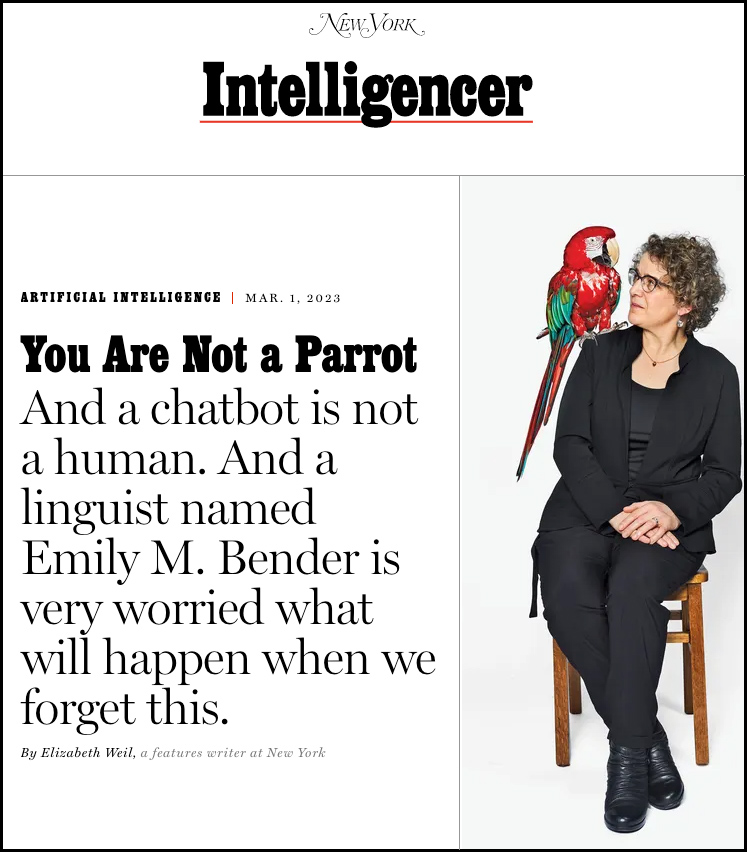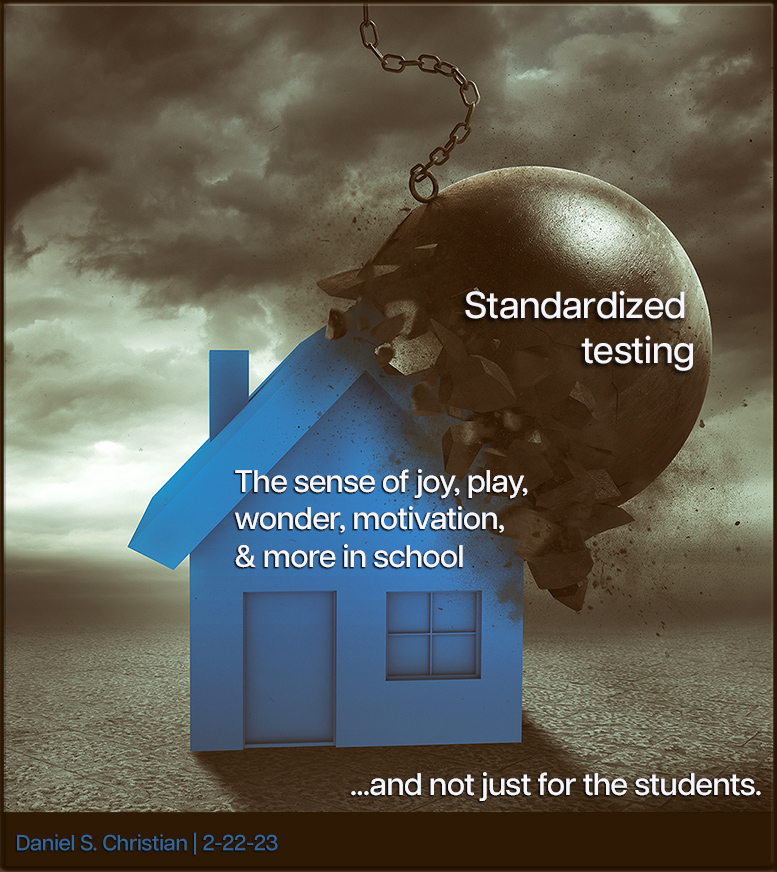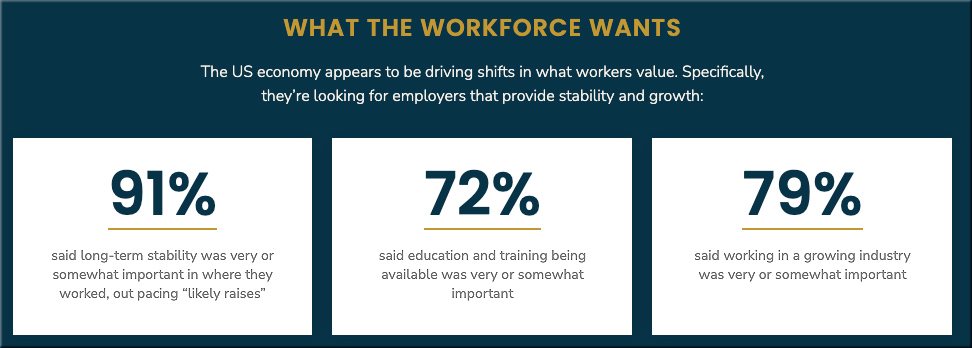Six Important Disciplines for Using AI in Learning & Development — from linkedin.com by Josh Cavalier
Excerpts (emphasis DSC):
In practice, L&D professionals must responsibly use AI-based tools. AI outputs that introduce bias or falsehoods may adversely affect the learning process of individual associates as well as the company’s overall efficiency. A human must review all content before being implemented in a learning solution.
…
AI will revolutionize corporate learning and development because of the ability to analyze and process large amounts of data. These capabilities will enable learners to acquire knowledge and skills more efficiently while providing personalized learning pathways customized to their current skill levels and goals.
For example, AI-powered chatbots can provide immediate feedback to front-line sales looking for specific client solutions or trying to learn about new products. By fine-tuning models, AI can ingest vendor opportunities and dynamically priced products at scale, allowing a sales team to focus on data-driven solutions for their customers.
The creation of educational media will be automated through generative AI, including training videos, podcasts, and, eventually, eLearning courses. This new reality will level the playing field for instructional designers needing more media creation skills, ultimately allowing Learning & Development to create personalized, immersive learning experiences representing the entire learning journey.
Also relevant/see:
How artificial intelligence can support knowledge management in organizations — from realkm.com by Bruce Boyes
Examples of use cases:
- Forecast sales probabilities
- Discover organization inefficiencies by analyzing CRM records
- Organize and summarize legal precedents relevant to a new case
- Retrieve dispersed nuggets of information related to a troubleshooting situation
- Facilitate feedback and peer review on communication systems (e.g., Slack)
- Facilitate real-time smart sharing between marketing channels and sales pipelines
- Find and apply question-answer pairs in online manuals to manage service knowledge
- Provide more human-centered and accessible applications of knowledge through chatbots












